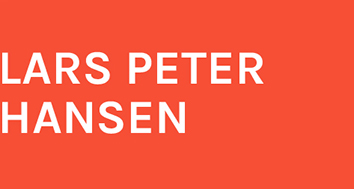“The Price of Macroeconomic Uncertainty with Tenuous Beliefs” provides a formal modeling framework for the following approach to decision-making in the face of uncertainty. A decision maker has multiple possible views of the world looking into the future. These views are captured formally as “structured models.” As the decision process is dynamic, we express these multiple models with a recursive structure. The decision maker is also concerned that none of these views are fully accurate. This is captured formally by including a plethora of “unstructured models” as possibilities into the analysis. These are restrained to be statistically similar to the structured models, and thus, are hard to distinguish with evidence. The exercise of caution in the face of this uncertainty has consequences for choices with future impacts.
This paper illustrates the implications for forward-looking markets by taking an equilibrium pricing perspective. Struggles with uncertainty induce what looks like market sentiments that vary over the business cycle. When these views pertain to the underlying macro economy and its prospects for growth, there are consequences that emerge in financial markets. In times of weak growth, security markets reflect a concern that this weakness will ednure. In times of strong growth, a market concern emerges that this strength will peter out. This asymmetry induces a form of nonlinearity in asset valuation that is reflected in a term structure of uncertainty. Uncertainty prices, which are market compensations for exposure to macroeconomic fluctuations, depend on the current growth state of the payoff horizon for alternative financial investments.
The paper shows how to capture formally uncertainty about multiple models along with the potential that each is merely an approximation. It combines previous formulations by Chen and Epstein to capture model ambiguity and by Hansen and Sargent to capture potential model misspecification. The preferences have a recursive structure and are a continuous-time version of the variational preferences of Maccheroni, Marinacci and Rustichini.
